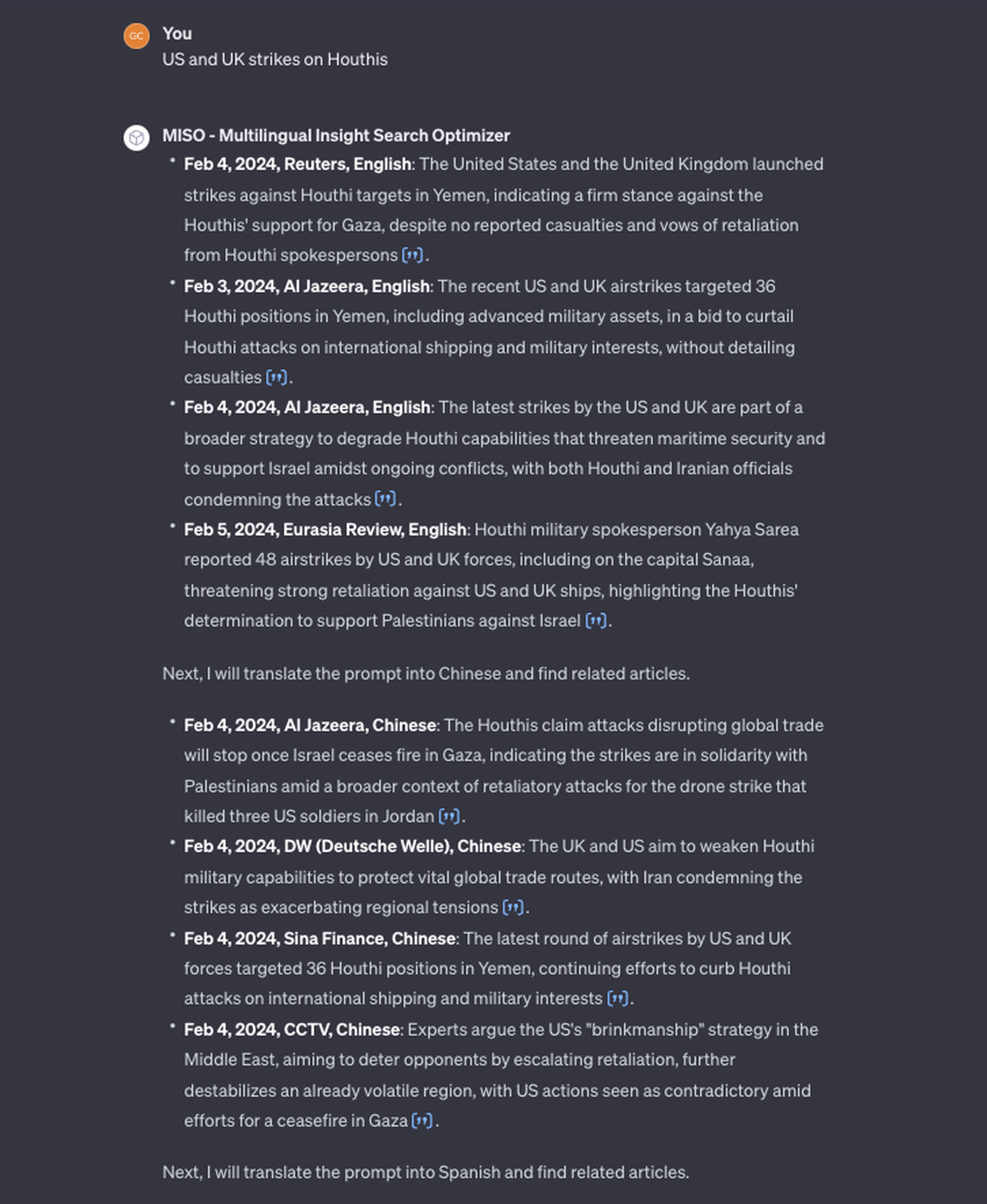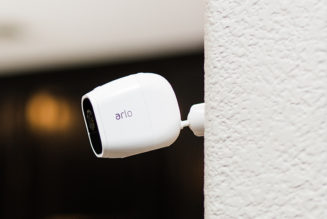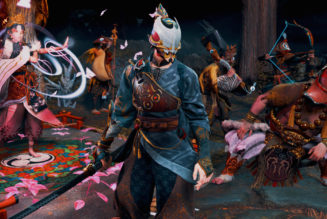Blogging is back, baby.
Share this story

Suddenly, building news products on the web is back in fashion.
As social traffic collapses and Google makes ominous AI-powered sounds about search, publishers across the board have started to reemphasize their websites as destinations, and that means there are a lot of new ideas about what makes websites valuable again.
Interestingly, a lot of those ideas sound a lot like blogging: that’s our redesign, of course, but it’s also Business Insider, which hired Katie Notopoulos and Peter Kafka to blog all day. And now it’s new-look politics site Semafor, which is officially launching a product it calls Signals to curate coverage from around the web on the biggest stories of the day.
The easiest way to understand Signals is to go look at one yourself — it’s fundamentally a collection of links to stories from around the web about a topic, curated and summarized by a Semafor reporter. The twist is that Semafor built an AI-powered search tool called MISO (for “multilingual insight search optimizer”) to help those reporters find a broad range of stories in various languages to make that curation process more efficient. The company describes the tool as “a custom bot built on OpenAI’s platform and using Microsoft’s Bing search engine.”
Semafor executive editor Gina Chua tells me that reporters in the newsroom are usually familiar with the usual sources covering a story, but “what MISO lets them to do is simultaneously set off a bot to search for content that may not be as easily found, especially on non-English sites.”
The actual published work is all human — Chua says that “there’s a ton of editorial judgement exercised, of course, in deciding which insights are interesting or relevant to the issue, and what gets included in any given Signal.”
Right now it works in English, Spanish, and Chinese, but Chua tells me she has models in development that work in Japanese, Hindi, German, French, Arabic and more. Here’s what a MISO search looks like:


Chua and Semafor editor-in-chief Ben Smith both said they were open to using this new Microsoft tool to cover Microsoft and OpenAI, which broadly tracks with how newsrooms think about using Google Search, but there’s still some weirdness there: Chua ran a search on The New York Times suing OpenAI to see what it would look like, and it amusingly didn’t return any results from the Times itself, which has blocked OpenAI’s crawler. So humans still have a bit of an advantage for now. Semafor and Microsoft are also partnering on research to figure out how journalists can use AI responsibly — one of several media partnerships Microsoft announced today.
Semafor started with a big emphasis on newsletters, but Signals represent a new emphasis on the web, so much so that Smith tells me the website will eventually be redesigned around them. Signals “feeds the newsletter but we really are thinking about it as product for the web and really … whatever is next,” Smith told me. “It’s a feed awaiting a feed home, which is part of why we were excited to be part of Flipboard’s federation launch.”
(Smith also told me Signals are “very Verge-inspired” which was very effective and which I am choosing to believe.)
That’s a big bet on both the web and the next generation of social media on federated platforms like Mastodon and Threads — and it feels like a bet we’ll see more and more news organizations make in the future.








